The fundamentals of thermal imaging are simple. Thermal imaging captures heat signatures, or images, which are invisible to the naked eye. Because all objects emit some amount of radiation, thermal imaging can make a heat signature visible to anyone.
Thermographic technology has rapidly developed since 1940s, becoming one of the most important scientific innovations in the history of mankind. Equally potent during day or night, you may not realize how thermal imaging plays a role in everyday life.
First Responders
All citizens should want police, firemen and other emergency services to have the best technology available if they ever need to save your life. In the past 20 years, as thermal oculars become more powerful and widespread, there have been numerous instances of thermals making the difference between life and death. An elderly gentleman, who got lost in a field in Brownsville, Texas, was ultimately located by Search-and-Rescue workers using a thermal drone. Another time, a Nebraska man was driving down a rural road in the dead of night when he stopped at an intersection and heard distant cries for help from a nearby field. Unable to see anything, he extracted his Pulsar Trail XP50 riflescope and peered into the gloom. He was instantly able to see a wrecked vehicle and three people trapped inside. He quickly called 9-1-1 (rescue service), and in the end, all three survived, which would have been highly unlikely without the quick-thinking man and his Pulsar Trail XP50 riflescope. More dramatically, fire departments across the country have been investing in thermal imaging to assist firefighters searching for victims, often children, who may be hiding in closets or under beds away from the flames and smoke.
Ranching
Thermal imaging is also a valuable tool for ranchers and farmers. Every animal is worth money, and it’s impossible to watch them all 24 hours a day. Some animals wander to different properties, fall into a ditch, get killed by coyotes or wolves, or are even poached or stolen. For a responsible rancher, locating your livestock can be as simple as ascending a hill or overlook, pulling out your pocket-sized Pulsar Axion XM30S monocular, and scanning the area. Without thermal imaging, locating and counting those animals, and potential threats, would be nigh impossible. To go further, thermal imaging has been shown to be a noninvasive way to measure temperatures in livestock, allowing ranchers to quickly identify disease or pregnancy in their animals.

Law Enforcement
Any police officer who has worked at night, been on a stakeout, or chased a suspect on foot could appreciate the assistance of a thermal imaging device. Usually, these devices are attached to spotlights of squad cars and connected to the officer’s car laptop – essentially giving them a second set of special eyes to locate someone who just committed a crime and are evading the police. The same rule goes for illegal firearms – if they’ve been recently discharged, and a suspect tries to get rid of the firearm in a trash bin or ditch, the heat from the firearm would be quickly detected by thermal imaging technology.
Hunting
Hunting with thermal imaging equipment is legal in the USA, but shooters should always check with their state’s specific laws. Some states restrict the use of artificial lighting, the types of animals which may be hunted, or determined certain activities are only permissible on private property. For thermal imaging, some states require a permit. Before hunting, it is crucial to check with your local game warden before heading off into the bush. If you’re not hunting, spotting and stalking are generally permissible with thermal imaging equipment.
Building Inspection
Thermal imaging cameras can also be used in home and building inspections. They are highly effective at locating trapped moisture, water leaks, air flow, insulation and electrical problems. Additionally, thermal imaging cameras are non-invasive, so there’s no need to rip up drywall, floorboards or anything else when you’re using them on a building. With a product like the Pulsar Axion XM30S, you could easily and routinely inspect your home, possibly saving yourself thousands of dollars in repairs.

Thermal imaging technology has been changing the world for nearly a century, and its uses will likely continue to grow and evolve. There are environmental factors, of course, which may limit your thermal imaging’s ability to function: Excessive humidity, fog and snow are just a few factors which may affect your thermal imager’s performance. However, for emergency service personnel, ranchers and farmers, police, hunters and building inspectors, or anyone who needs to detect a heat signature, thermal imaging is an invaluable tool. And if you’re going to invest in thermal imaging, why not invest in the best? The Pulsar Axion XM30S is a top-line thermal imager with instant start-up, long-detection range, 8-display color palettes and video and still-photo recording. In the industry of thermal imaging, the Pulsar Axion XM30S is a top-notch product.
Source - Sellmark Corporation
 Thermion 2 LRF XL50
Thermal Imaging Riflescope
Thermion 2 LRF XL50
Thermal Imaging Riflescope
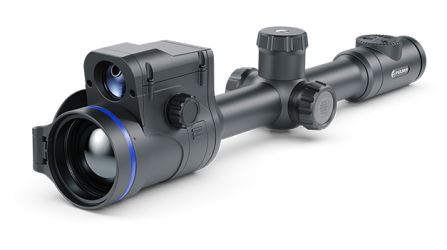 Thermion 2 LRF
Thermal Imaging Riflescopes
Thermion 2 LRF
Thermal Imaging Riflescopes
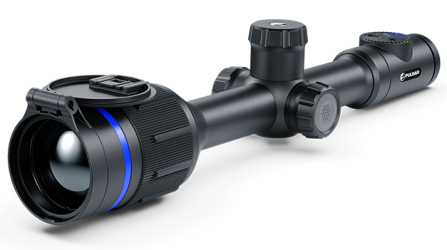 Thermion 2
Thermal Imaging Riflescopes
Thermion 2
Thermal Imaging Riflescopes
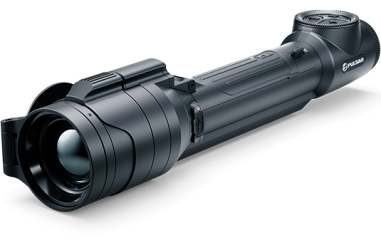 Talion
Thermal Imaging Riflescopes
New
Talion
Thermal Imaging Riflescopes
New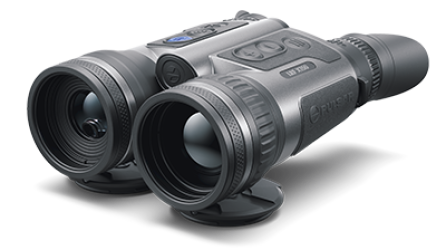 Merger LRF XT50
Thermal Imaging Binoculars
Merger LRF XT50
Thermal Imaging Binoculars
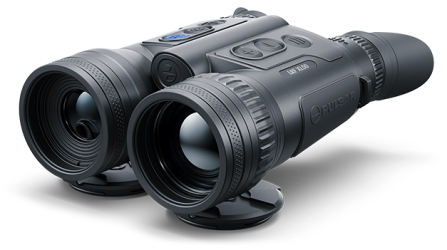 Merger LRF XL50
Thermal Imaging Binoculars
Merger LRF XL50
Thermal Imaging Binoculars
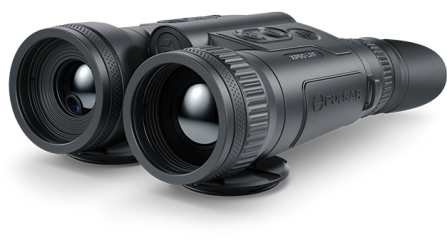 Merger LRF XP50
Thermal Imaging Binoculars
New
Merger LRF XP50
Thermal Imaging Binoculars
New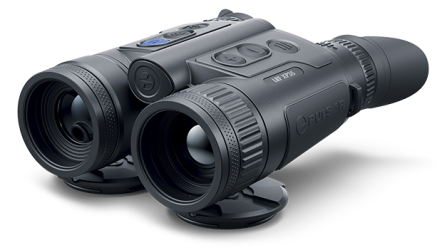 Merger LRF XP35
Thermal Imaging Binoculars
Merger LRF XP35
Thermal Imaging Binoculars
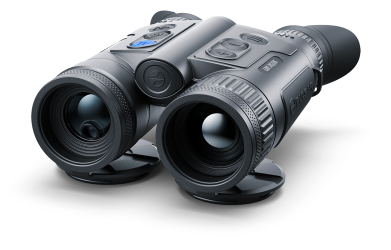 Merger LRF XQ35
Thermal Imaging Binoculars
New
Merger LRF XQ35
Thermal Imaging Binoculars
New Telos
Thermal Imaging Monoculars
New
Telos
Thermal Imaging Monoculars
New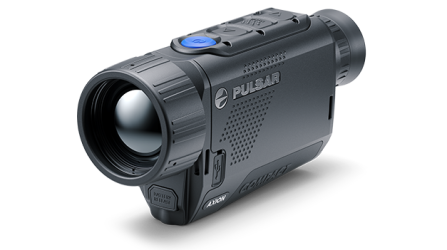 Axion Compact
Thermal Imaging Monoculars
Axion Compact
Thermal Imaging Monoculars
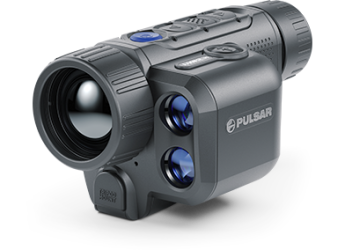 Axion 2 LRF
Thermal Imaging Monoculars
Axion 2 LRF
Thermal Imaging Monoculars
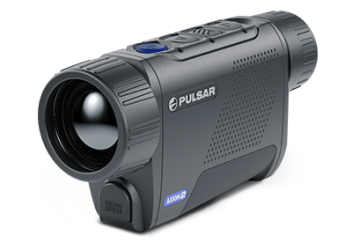 Axion 2
Thermal Imaging Monoculars
New
Axion 2
Thermal Imaging Monoculars
New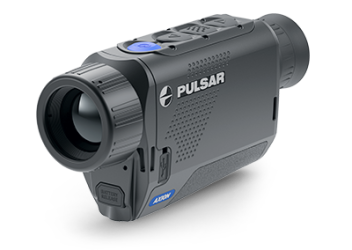 Axion XQ30 PRO
Thermal Imaging Monoculars
Axion XQ30 PRO
Thermal Imaging Monoculars
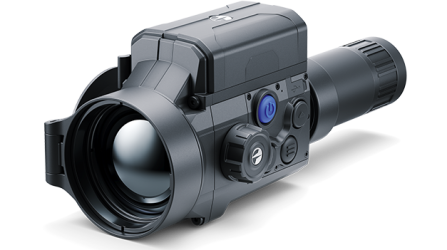 Krypton 2
Thermal Imaging Monocular
Krypton 2
Thermal Imaging Monocular
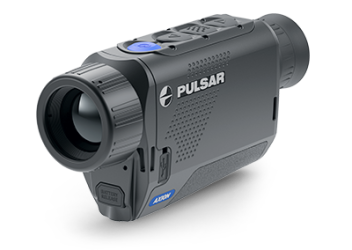 Axion XM30F
Thermal Imaging Monoculars
Discontinued
Axion XM30F
Thermal Imaging Monoculars
Discontinued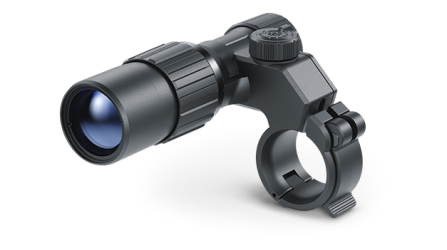 Pulsar Digex-XS
External Infrared Illuminators
Pulsar Digex-XS
External Infrared Illuminators
 APS Batteries
Battery Packs
APS Batteries
Battery Packs
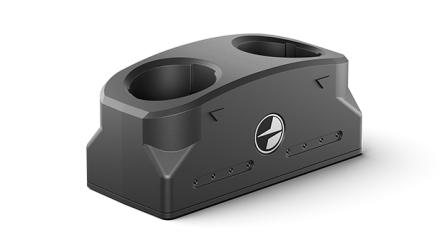 APS Chargers
Battery Chargers
APS Chargers
Battery Chargers
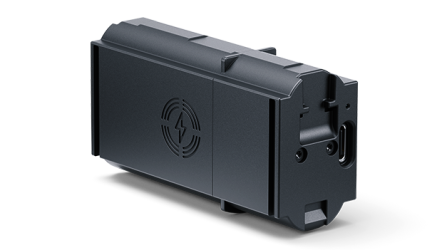 LPS 7i Battery Pack
Battery Packs
LPS 7i Battery Pack
Battery Packs
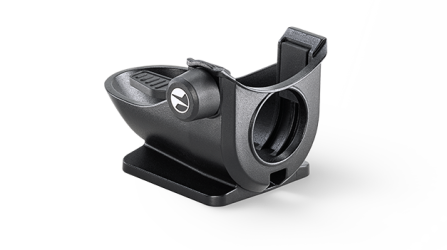 Telos LRF Tripod Adapter
Pulsar Accessories
Telos LRF Tripod Adapter
Pulsar Accessories
 IPS Batteries
Battery Packs
IPS Batteries
Battery Packs
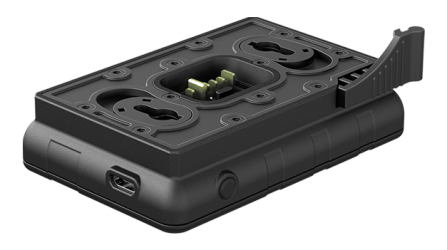 IPS Battery Charger
Battery Charger
IPS Battery Charger
Battery Charger
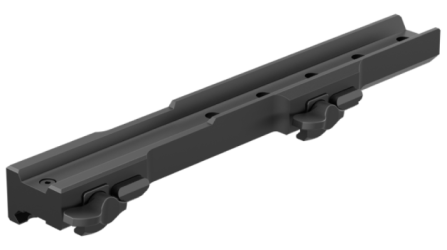 Rifle Mounts
for Pulsar Riflescopes
Rifle Mounts
for Pulsar Riflescopes
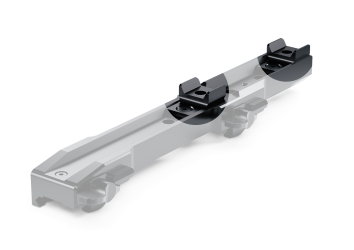 H7 Spacers
Repair Kits
New
H7 Spacers
Repair Kits
New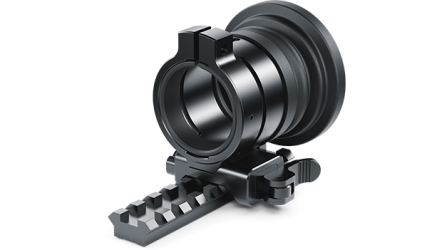 PSP-V Weaver Rail Adapter
Adapter
PSP-V Weaver Rail Adapter
Adapter
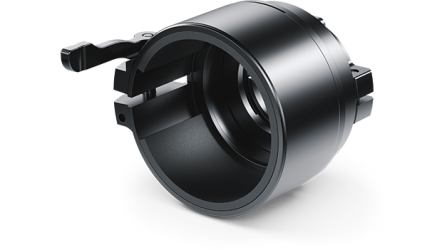 PSP Ring Adapters
Adapters
New
PSP Ring Adapters
Adapters
New PSP-B Ring Adapters
Ring Adapters
PSP-B Ring Adapters
Ring Adapters
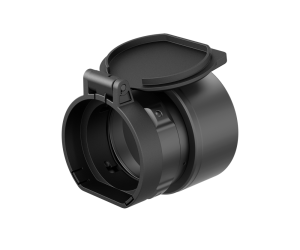 FN Adapters
Cover Ring Adapters
FN Adapters
Cover Ring Adapters
 Remote Controls
for digital devices and thermal imagers
Remote Controls
for digital devices and thermal imagers
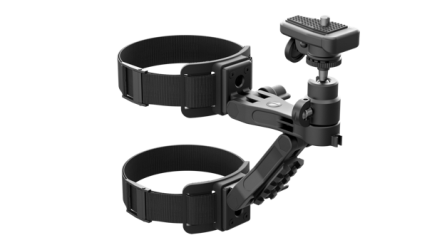 Tree mount
Pulsar Accessories
Tree mount
Pulsar Accessories
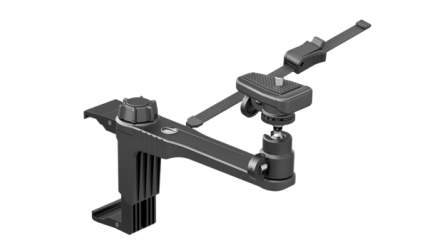 Window Frame Mount
Pulsar Accessories
Window Frame Mount
Pulsar Accessories
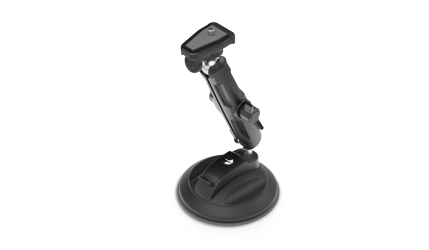 Flat Glass Mount
Pulsar Accessories
Flat Glass Mount
Pulsar Accessories
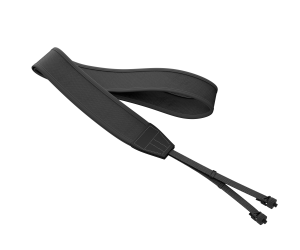 Neck Straps
Accessories
New
Neck Straps
Accessories
New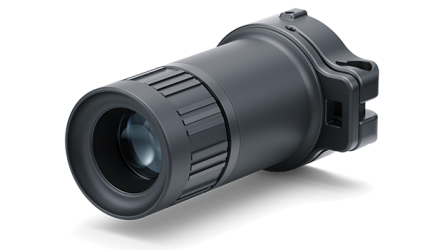 Monocular Pulsar 3x20 B
Accessories
Monocular Pulsar 3x20 B
Accessories
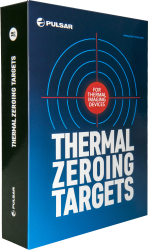 Thermal Zeroing Targets
Accessories
Thermal Zeroing Targets
Accessories









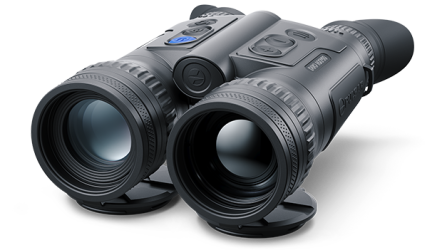
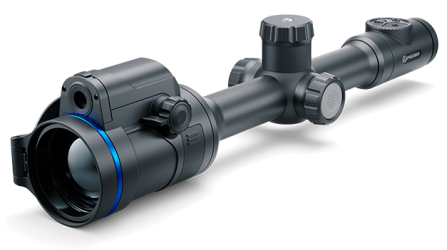
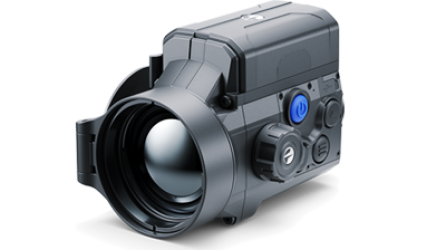
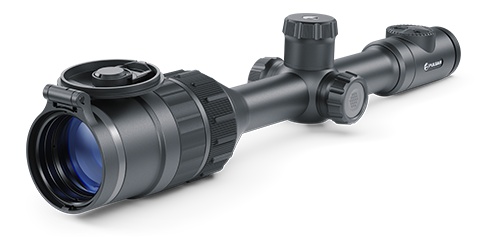
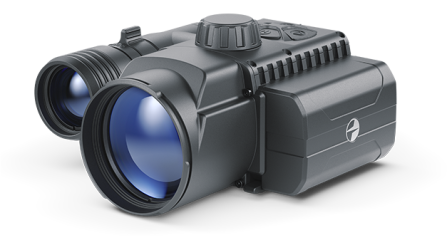
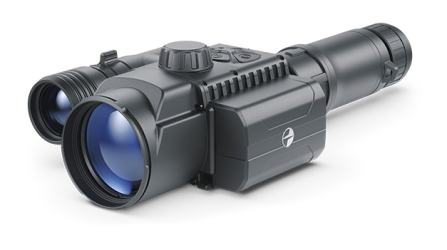



 English
English German
German French
French Spanish
Spanish Italiano
Italiano English
English Lietuvių
Lietuvių

